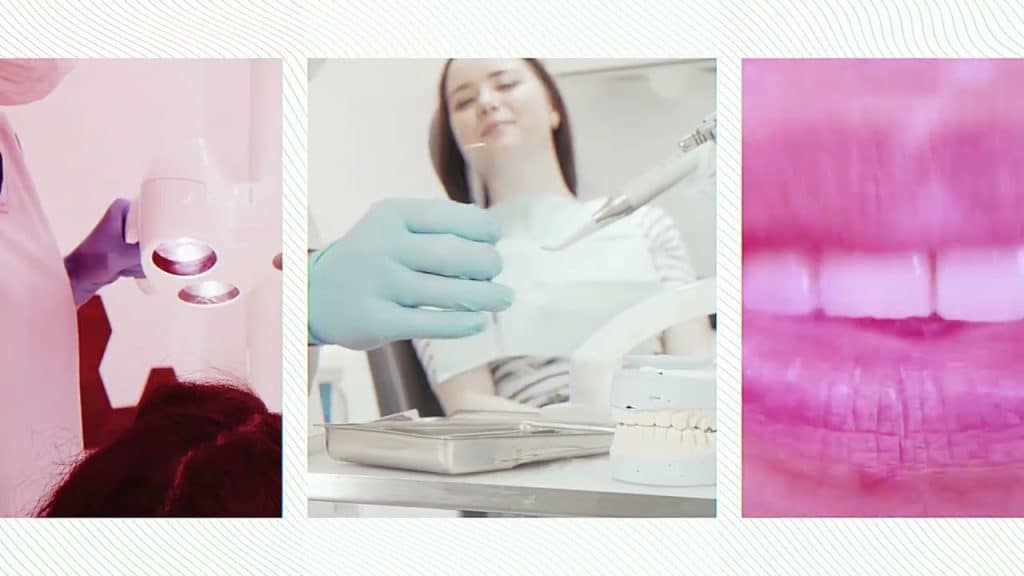The Lifespan of Dental Crowns: Understanding the 10-Year Estimate
Factors Influencing Crown Longevity
Wear and Tear
Dental crowns, like natural teeth, experience wear and tear due to everyday activities such as biting, chewing, and grinding. Over time, this constant pressure can cause wear, particularly in crowns made of softer materials like porcelain.
Material Matters
The type of material used in a dental crown significantly affects its durability. For example, gold crowns tend to outlast porcelain crowns due to gold’s resistance to fractures. Porcelain-fused-to-metal crowns offer both strength and aesthetics but may experience porcelain chipping or wear.
Oral Habits
Habits such as teeth grinding, clenching, chewing ice, or using teeth as tools can accelerate wear and potential damage to a dental crown. These habits impose additional stress on the crown, leading to premature deterioration.
Decay Underneath
Infiltration of bacteria beneath the dental crown can result in decay in the remaining natural tooth structure. A proper fit and seal during the initial crown placement are essential, but over time, the seal may degrade, increasing the risk of decay beneath the crown.
Gum Health
The health of the gums plays a crucial role in the longevity of a dental crown. Gum disease or recession can expose the crown’s base, potentially leading to decay or weakening the foundation of the crown.
Regular Maintenance
Crowned teeth require regular cleaning and check-ups, just like natural teeth. Neglecting dental hygiene can significantly shorten a crown’s lifespan. Routine dental visits facilitate early issue detection and prompt intervention, extending the crown’s life.
Technological and Material Advancements
Ongoing advancements in dental technology and materials may lead to crowns made from advanced materials having a potentially longer lifespan. Improved placement techniques can also contribute to increased crown longevity.
Conclusion: Maximizing Crown Lifespan
While the estimated lifespan of a dental crown averages around 10 years, it’s essential to recognize that this is a general guideline. Some crowns may last much longer with proper care and maintenance, while others may require replacement sooner due to various factors. To ensure your crown’s maximum lifespan, maintain good oral hygiene practices and attend regular dental check-ups. Your dentist can offer personalized guidance on caring for your specific type of crown to optimize its durability.
